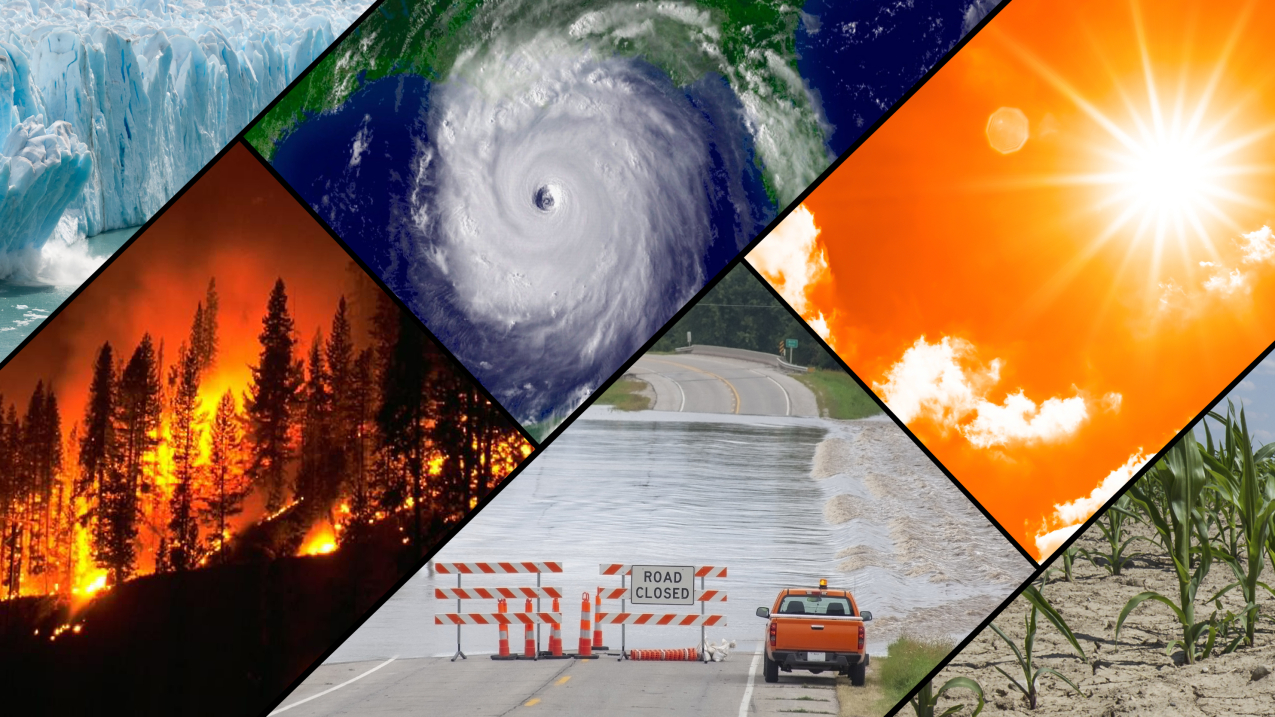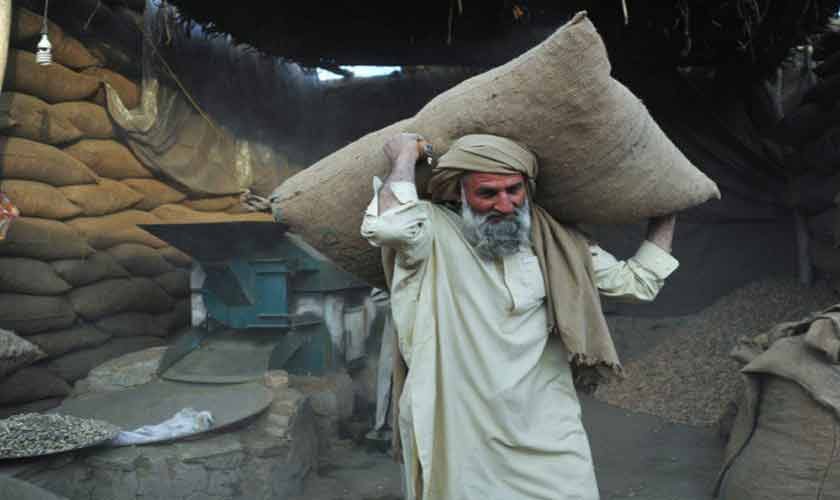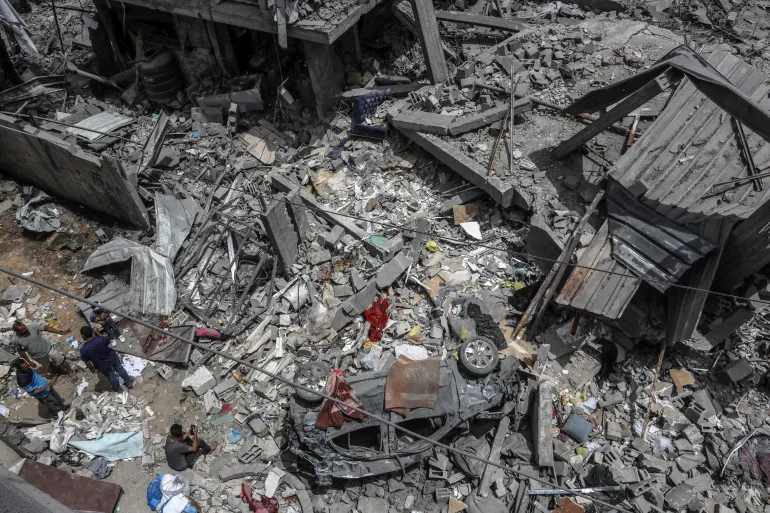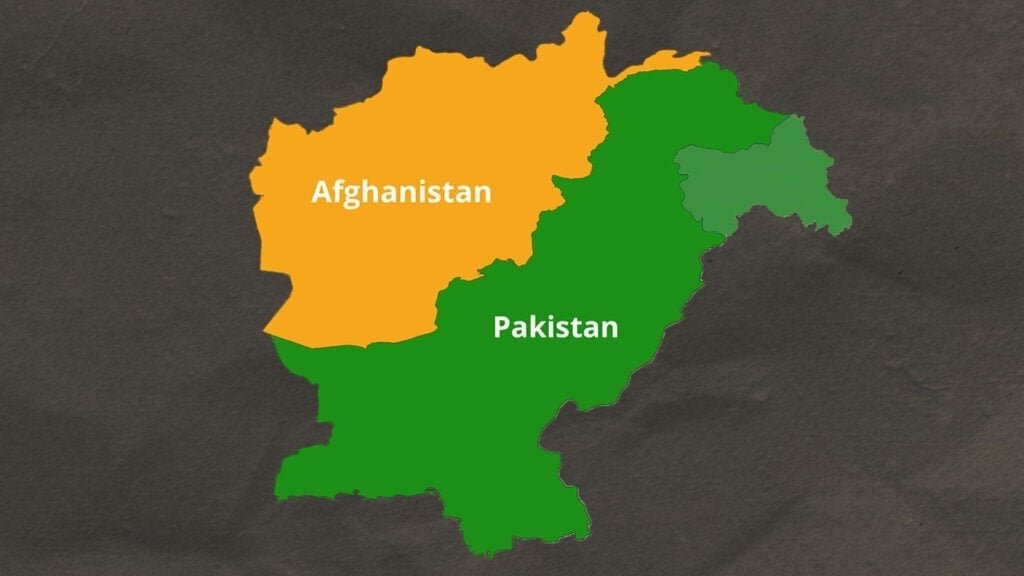Tariq Mahmood Awan
Climate change is a global challenge affecting countries’ social, economic and human development. It also poses serious risks to the environment and people’s well-being. Therefore, it is essential to be part of policymaking and to take actions to mitigate and adapt to its impacts. It is even more significant to develop infrastructure and development accordingly.
According to the Swiss Re Institute, climate change could wipe off up to 18% of the GDP of the worldwide economy by 2050 if global temperatures rise by 3.2°C. The impact of climate change is expected to vary across regions and sectors, with some being more vulnerable than others. For example, Asian economies are predicted to be the hardest hit, with a 26.5% hit to GDP in a severe scenario. Climate change can affect economic development through different channels, such as resource use, technology, demand for environmental quality and government regulation.
Pakistan is a country that is highly vulnerable to the adverse effects of climate change, such as droughts, floods, erratic weather patterns, changes in agricultural productivity, reduction in freshwater supply and loss of biodiversity. These effects can undermine the country’s efforts to achieve sustainable development goals and reduce poverty. Therefore, Pakistan needs to integrate climate change policy with other inter-related national policies and focus on pro-poor gender-sensitive adaptation while also promoting mitigation efforts in sectors such as energy, transport, forestry and agriculture.
Pakistan has taken steps to address the challenge of climate change at the national level. In 2012, it approved the National Climate Change Policy (NCCP), which provides a comprehensive framework for addressing the challenges of climate change adaptation and mitigation in various sectors. The NCCP was updated in 2021 in collaboration with UNDP and other stakeholders, taking into account the requirements of the Paris Agreement on climate change, the Sustainable Development Goals and the Sendai Framework for Disaster Risk Reduction. The updated NCCP also reflects the Prime Minister’s vision of decarbonizing the country’s economy by 2030 by increasing the share of renewable energy to 60%, shifting to electric vehicles and phasing out coal power plants.
Pakistan can also learn from the world’s experience to counter the disadvantages of climate change by adopting best practices and technologies from other countries that have successfully implemented climate change policies and actions. For example, Pakistan can learn from China’s experience in developing low-carbon cities, green transport systems and circular economy models. Pakistan can also learn from India’s expertise in promoting solar energy, biogas and energy efficiency measures. Pakistan can also learn from Bangladesh’s experience in enhancing community resilience, disaster preparedness and social protection schemes.
Therefore, it is critical to strengthen the institutional capacity and coordination of the Ministry of Climate Change and other relevant ministries, departments and agencies at the federal and provincial levels to implement the NCCP effectively. Furthermore, enhancing public awareness and participation in climate change issues and actions through education, communication, and advocacy campaigns is significant.
There is a need to mobilize financial resources and attract investments for climate change projects from domestic and international sources, such as public-private partnerships, green bonds, carbon markets and climate funds.
Accordingly, promoting research and innovation in climate change science, technology and policy through collaboration with academic institutions, research organizations, and civil society groups is important.
Then, mainstreaming climate change considerations into sectoral policies, plans and programs, such as energy, agriculture, water, forestry, transport, industry, and urban development, can produce better results.
Developing and enforcing legal frameworks and standards for climate change mitigation and adaptation is important, such as environmental impact assessment, emission reduction targets, renewable energy quotas and building codes. Lastly, strengthening monitoring and evaluation systems for climate change actions and outcomes using indicators, data collection and reporting mechanisms regarding ICT, data science and AI operations.
Critical Analysis of Pakistan’s infrastructure development in the Context of climate change:
Pakistan is one of the most vulnerable countries to climate change, facing multiple challenges, such as rising temperatures, erratic precipitation, melting glaciers, water scarcity, food insecurity, biodiversity loss, extreme weather events, and sea level rise. These impacts seriously affect the country’s economic growth, social development, and human rights. Therefore, it is critical for Pakistan to develop its infrastructure, growth and development according to the effects of climate change and to adopt adaptive and resilient strategies to cope with the current and future risks.
The government of Pakistan has recognized the significance of addressing climate change and has taken several initiatives to integrate it into its development planning and policies.
Some of these include:
1.
The National Climate Change Policy (2012) provides a framework for adaptation and mitigation actions across various sectors such as water, agriculture, energy, forestry, health, and transport.
2.
The National Climate Change Action Plan (2017) identifies priority projects and activities for implementing the policy objectives.
3.
The National Disaster Risk Reduction Policy (2013) aims to reduce the vulnerability of people and assets to natural and human-induced hazards.
4.
Vision 2025 (2014) sets long-term goals and targets for achieving sustainable and inclusive development, including enhancing resilience to climate change6.
The National Determined Contribution (NDC) (2016) outlines the country’s commitments and actions to reduce greenhouse gas emissions and adapt to climate change under the Paris Agreement. The Pakistan Climate Change Act (2017) establishes the Pakistan Climate Change Council and the Pakistan Climate Change Authority to oversee and coordinate climate change-related matters.
In addition, Pakistan has also launched several sectoral and cross-sectoral programs and projects to improve its infrastructure and service delivery in response to climate change.
A few examples are:
1.
The Clean Green Pakistan Movement (2018) promotes environmental protection, sanitation, hygiene, tree plantation, solid waste management, and water conservation.
2.
The Ten Billion Tree Tsunami Program (2018) aims to restore forest cover, enhance carbon sequestration, conserve biodiversity, and create green jobs.
3.
The National Water Policy (2018) ensures water security, efficiency, equity, and sustainability.
4.
The China-Pakistan Economic Corridor (CPEC) (2015) is a flagship Belt and Road Initiative project involving infrastructure development in energy, transport, industrial zones, agriculture, tourism, and digital connectivity.
Pakistan’s Climate is characterized by four seasons: winter (December-February), spring (March-May), summer/monsoon (June-September), and autumn (October-November). The country experiences a wide range of climatic variations due to its diverse topography, latitude, altitude, and proximity to the sea. The average annual temperature ranges from 8°C in the northern mountains to 27°C in the southern plains. The average annual rainfall varies from less than 100 mm in the arid regions of Balochistan and Sindh to more than 1500 mm in the northern areas. The monsoon season accounts for about 60% of the annual precipitation.
However, due to climate change, Pakistan has witnessed significant changes in its climatic patterns over the past decades.
According to the Pakistan Meteorological Department (PMD), some of these changes are:
1.
An increase in mean annual temperature by 0.57°C during 1901-2016, with more pronounced warming in winter than in summer.
2.
An increase in the frequency and intensity of heat waves, especially in urban areas. For instance, Karachi experienced a deadly heat wave in 2015 that killed over 1200 people.
3.
A decrease in mean annual rainfall by 61 mm during 1961-2016, with more pronounced drying in winter than in summer.
A shift in monsoon onset and withdrawal dates by about ten days each during 1961-2016.
4.
An increase in frequency and intensity of extreme rainfall events that cause flash floods and urban flooding. For instance, Karachi received a record-breaking rainfall of 345 mm in August 2020 that inundated large parts of the city.
5.
A decrease in snow cover area by about 30% during 2001-2011 due to rising temperatures.
6.
A retreat of glaciers by about 35% during 1976-2017 due to melting.
7.
A rise in sea level by about 1.1 mm per year during 1980-2015 due to thermal expansion and ice melt.
These changes have significant implications for Pakistan’s infrastructure, growth and development, as they affect the availability and quality of water, energy, food, and other resources and the exposure and vulnerability of people, assets, and ecosystems to climate hazards.
Pakistan is facing multiple challenges and opportunities in developing its infrastructure, growth and development in the Context of climate change. The country needs to adopt a holistic and integrated approach that balances the needs of economic growth, social development, and environmental protection while enhancing its adaptive capacity and resilience to climate risks. The country also needs to mobilize adequate financial, technical, and institutional resources to implement its plans and policies effectively and efficiently. Moreover, the country needs to strengthen its regional and international cooperation and coordination to address the common and shared challenges of climate change.
Accordingly, the implementation is the most significant factor. There are research, consultancies, and scientific policies available. However, the real issue is the implementation. Therefore, the relevant organizations in Pakistan should be reformed while enhancing their capacity, and technology should be applied immediately in operations. The best way to tackle climate change is to use sophisticated technology. Public organizations in Pakistan must utilize technology to develop infrastructurally in line with climate change patterns.
The writer is a civil servant and leads a research society on administrative federalism.















